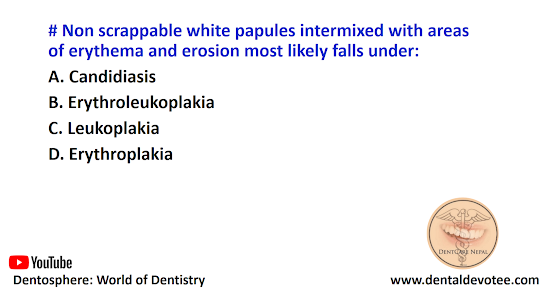# Eicosapentaenoic acid (EPA) is present in:
A. Soyabean oil
B. Corn oil
C. Sunflower oil
D. Fish oil
The correct answer is D. Fish oil.
Eicosapentaenoic acid (EPA) is one of several omega-3 fatty acids. It is found in cold-water fatty fish, such as salmon. It is also found in fish oil supplements, along with docosahexaenoic acid (DHA). Omega-3 fatty acids are part of a healthy diet that helps lower risk of heart disease.







